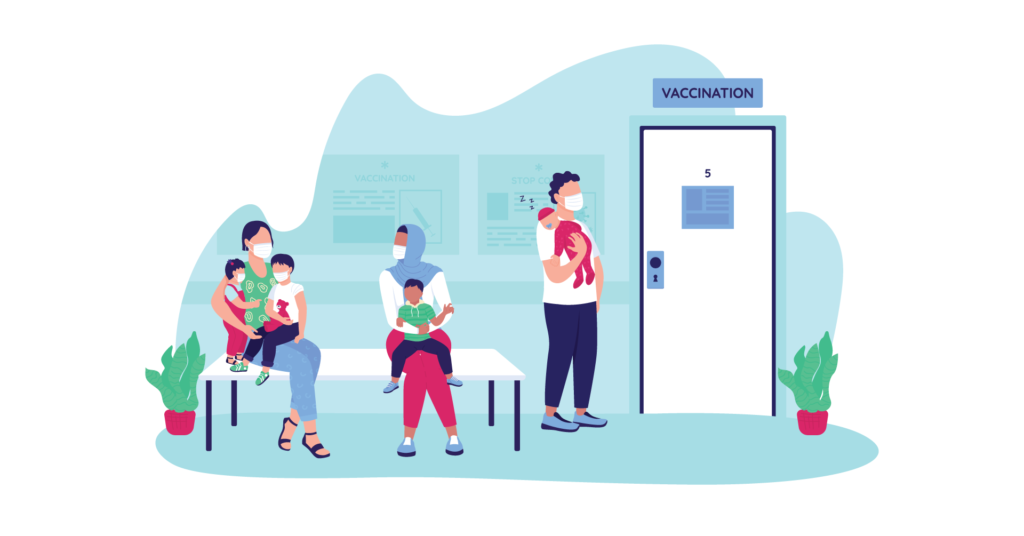Every single patient/attender who has had a medical consultation or a treatment will complain of long waiting times in hospitals.
- Have you tried to sort this?
- Have you been concerned about this? Then the following is all yours…
- Can we do anything about it?
1. Understand and analyze the process
Analysing your practice to identify the areas of inefficiencies and areas that cost time is the first step. Periodical analysis of your process and identifying alternative simpler/time-saving ways can speed up the process and can reduce the waiting times.
2. Feedback Forms
An ideal tool to identify the weak links are these feedbacks with its suggestions which will portray the pain points of the patients/attenders, and will also help us to identify our weak spots. The answers will be obvious from these feedbacks and appropriate implementation of the same will improve the service and satisfaction.
3. Optimum utilization of staff
It’s common to note that many staffs in the billing desk, reception, pharmacy, etc might be idle who could potentially handle patient care. Are they inefficient? Do they lack motivation? Do they lack training? In a competitive world, every individual can be trained to multi-task based on their skill set. A rotational policy will also make all staff get empowered inpatient management, and will serve handy during staff absenteeism or days of over-crowding.

4. Optimum utilization of resources
Sometimes, inspite of doing everything possible, still may not be sufficient enough to reduce the waiting times, especially when the hospital is dependant on 1 or 2 doctors and high patient loads. All that we can ensure here is a pleasant environment in the waiting area. Stocking with daily newspapers and magazines will ensure the patients are kept engaged. Many hospitals have their own TV, so the amount of time can be utilized for entertainment purposes or display of educational/promotional videos. Certain hospitals do offer unlimited internet connectivity which can attract and improve patient satisfaction even when the waiting time is not ideal. This can also be used to promote digital marketing and addition google reviews.
5. Know your patient/their needs
The cultural background and overall educational capabilities of the general patient crowd will help plan strategies appropriately(Eg: Appointment system; OPD discounts during non-peak hours etc). Some initiatives that can improve patient engagement would include activities like monitoring BP, weight, height, BMI, etc
As doctors we believe long waiting time is an integral part of a busy practice, however, the expectations of the patients/dynamics of patent care are changing. Hence it’s time to evolve
